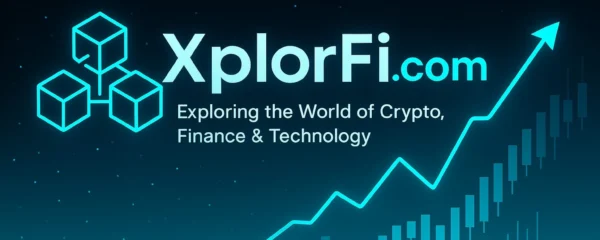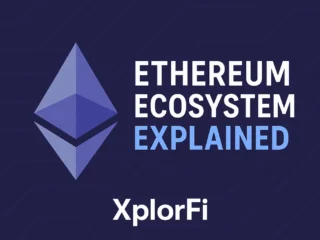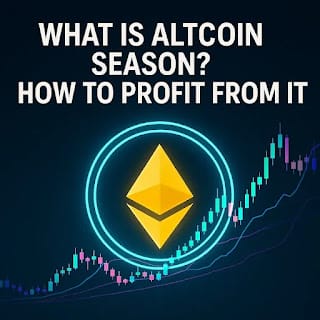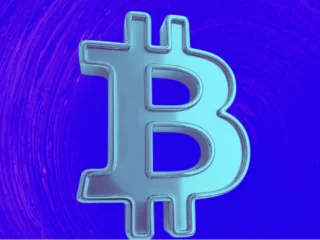Which Crypto Make You a Millionaire 2025? Ethereum vs. World Liberty Financial

Ethereum: A Value Compounding Machine
Ethereum has established itself as a central player in the world of decentralized finance (DeFi). As the second-largest cryptocurrency by market capitalization, it holds a value of approximately $505 billion. This dominance is not just about size; it’s about being the anchor of the DeFi sector with the largest pool of capital, an expansive ecosystem of decentralized applications (dApps), and a significant population of developers, investors, and users.
These advantages have contributed to Ethereum’s impressive growth over the past five years, with its value increasing by more than 1,090%. The platform’s DeFi total value locked (TVL) is near $95 billion, alongside a stablecoin float of $159 billion and daily fee generation of about $1.8 million. These metrics are clear indicators of ongoing real-world activity on the Ethereum blockchain.
Looking ahead, Ethereum is well-positioned to benefit from the growing trend of real-world asset (RWA) tokenization. This process involves encoding ownership data of assets like stocks or real estate onto a crypto token for tracking and trading on a blockchain. The tokenized real-world assets segment is currently valued at over $30 billion across networks, with many experts predicting it could reach trillions in the next few years. Ethereum’s tokenized assets are showing consistent growth, offering investors a clear line of sight to future benefits that could enhance the platform’s value and drive up the price of the coin.
However, there’s a caveat. Even if Ethereum experiences another 10-fold increase over the next five years, it may be challenging to achieve a $1 million return unless a substantial investment of $100,000 is made. Most investors may not have such a large sum available.
World Liberty Financial: Optimized for Hype
World Liberty Financial is a crypto business associated with the Trump family, currently offering one product: its USD1 stablecoin. When holders swap or transfer their USD1, fees are generated for World Liberty. However, there is a critical issue that could hinder the token’s value growth when those fees are earned.
The governance token paper for World Liberty Financial clearly states that the token does not represent equity, nor does it entitle holders to dividends or control over any portion of the company’s assets. Additionally, the corporation is not controlled by the governance token holders. This means that the company’s successes do not translate into value increases for the token.
Votes are screened, and implementation of voting occurs through company-controlled venues, with the possibility of tokenholder votes being suspended due to “security risks.” Only the founders receive revenue or upside, making WLFI a limited-purpose governance token that preserves control for insiders rather than compounding value for outside investors.
Furthermore, even if USD1 usage grows, it will face competition from more established fiat currency-backed stablecoins that already have deep integrations and brand trust. This makes differentiation difficult. Therefore, any rally in World Liberty Financial is likely driven by its Trump family narrative rather than durable fundamentals. There is no indication that such a rally would significantly increase the token’s value or make investors into millionaires.
Final Verdict: Ethereum for Long-Term Growth
In conclusion, for investors seeking multi-year wealth building, Ethereum remains the clear choice, even if it isn’t guaranteed to make anyone a millionaire. While World Liberty Financial might experience short-term gains due to favorable headlines, its governance structure and lack of a differentiated financial product make it unlikely to be a long-term millionaire-maker.
If you’re considering investing $1,000 in Ethereum right now, it’s important to evaluate your options carefully. Many analysts believe there are better opportunities for long-term growth. The Motley Fool Stock Advisor team has identified what they consider to be the 10 best stocks for investors to buy now, and Ethereum was not among them. These stocks have the potential to deliver significant returns in the coming years.
For example, if you had invested $1,000 in Netflix when it was recommended on December 17, 2004, you would have over $661,694 today. Similarly, an investment in Nvidia on April 15, 2005, would have grown to over $1,082,963. The average return for Stock Advisor is an impressive 1,067%, far outperforming the S&P 500’s 190% return. Don’t miss out on the latest top 10 list, which is available when you join Stock Advisor.
Which one are you watching, Xplorianz? Drop your take on the most underrated pick this week in the comments!. Slide into our inbox Facebook, or tag us on X . Stay sharp, stay weird, and keep Xploring
Disclaimer:
This article is for informational and entertainment purposes only and does not constitute financial advice. Always do your own research (DYOR) before making any investment decisions, your money, your call. Crypto‘s wild, so stay sharp out there!
Unstoppable Surge: Why ETF Crypto Delays in 2025
Crypto Whales: Ultimate Breakdown of Market Moves in 2025








No Comments